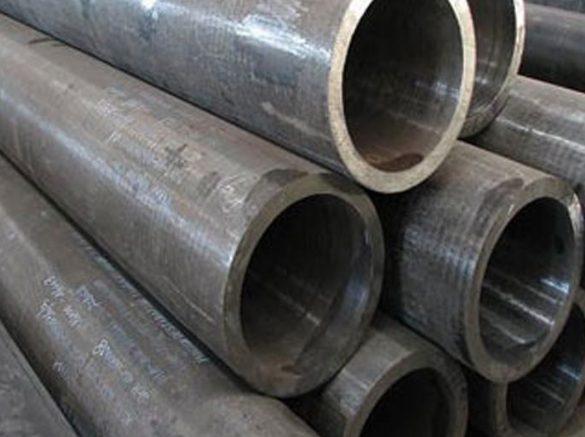Alloy steel pipes are integral components in various industries, renowned for their exceptional strength, durability, and resistance to corrosion and high temperatures. However, navigating through the myriad of grades available can be overwhelming. In this article, we delve into the grades of alloy steel pipes, shedding light on their properties, applications, and significance in different sectors.

- Alloy Steel Pipes: An Overview Alloy steel pipes are fabricated from a blend of carbon steel with other elements such as chromium, nickel, manganese, molybdenum, and vanadium to enhance their properties. These additions imbue the pipes with unique characteristics, making them suitable for a wide array of applications across industries like oil and gas, power generation, aerospace, automotive, and construction.
- Classification of Alloy Steel Pipe Grades a. Low Alloy Steel Pipes: Low alloy steel pipes contain a lower percentage of alloying elements compared to high alloy steel pipes. Common grades include ASTM A335 P5, P9, P11, P22, and P91, renowned for their excellent weldability, formability, and moderate strength. They find applications in power plants, refineries, and petrochemical industries. b. High Alloy Steel Pipes: High alloy steel pipes are engineered to withstand extreme conditions, offering superior resistance to corrosion, oxidation, and high temperatures. Grades such as ASTM A335 P1, P2, P12, P15, P21, and P36 are utilized in critical environments like chemical processing plants, aerospace engineering, and nuclear power facilities.
- Understanding Alloy Steel Pipe Grades a. ASTM A335: This specification covers seamless ferritic alloy-steel pipe for high-temperature service. It encompasses various grades categorized based on their chemical composition and mechanical properties. b. ASTM A691: ASTM A691 specification entails carbon and alloy steel pipe, electric-fusion-welded with filler metal added. It includes grades denoted by the ASTM A335 P designation followed by a number indicating the nominal wall thickness. c. ASTM A213: Alloy steel pipes specified under ASTM A213 are used in high-temperature service, offering excellent resistance to oxidation and corrosion. Grades like T5, T9, T11, T22, and T91 are commonly employed in boilers, superheaters, and heat exchangers.
- Applications and Significance Alloy steel pipes play a pivotal role across various industries due to their unparalleled strength, corrosion resistance, and adaptability to extreme conditions. They are integral components in critical infrastructure projects, facilitating efficient energy generation, transportation, and industrial processes. From oil refineries to aerospace engineering, alloy steel pipes contribute to enhancing operational efficiency, safety, and reliability.
- Conclusion Understanding the grades of alloy steel pipes is essential for selecting the most suitable materials for specific applications. Whether it's low alloy steel pipes for moderate environments or high alloy steel pipes for extreme conditions, each grade offers distinct properties catered to diverse industrial requirements. By comprehending the nuances of alloy steel pipe grades, industries can make informed decisions, ensuring optimal performance, durability, and longevity of their infrastructure.
Navigating the grades of alloy steel pipes is crucial for industries seeking to optimize their infrastructure for various applications. From high-temperature environments to corrosive conditions, alloy steel pipes offer tailored solutions to meet diverse industrial needs. By exploring the classifications, properties, and applications of alloy steel pipe grades, industries can make informed decisions, ensuring efficiency, reliability, and longevity of their operations.








